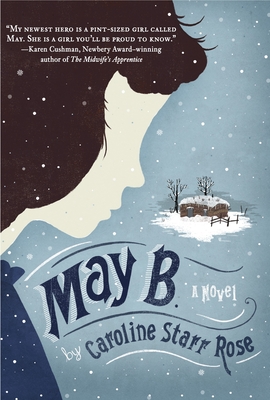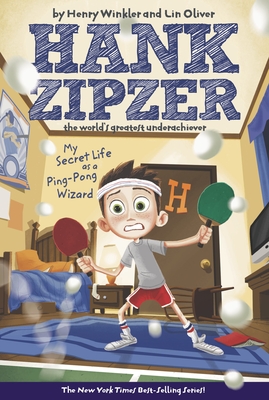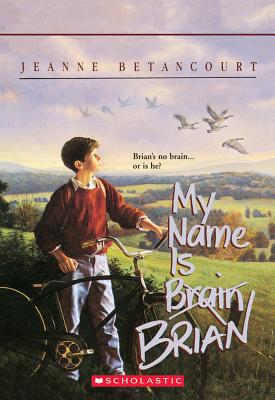Middle-grade readers, whether they realize it or not,
approach their books, their stories, like a 1920’s speakeasy.
Knock, knock.
A small
panel slides open at the four-foot level.
“What’s the password?”
“Wedgie
underwear fart soda skateboard.”
The door
swings open and the middle-grade reader is ushered inside.
“Were you
followed?”
“No. No, I
don’t think so.”
“No
adults?”
“I didn’t
see any…”
Children read fiction to escape
both from the perceived doldrums of their everyday lives and from the shackles
of parent and teacher restraint. The last thing they want interfering in their
fictional escape is the intrusion of another gatekeeper, at least not in the
sense of anyone in anyway driving the story.
Gasp, why I never…
It’s true. My 10-year-old is already negotiating ages for
certain video game and movie privileges. We’re currently scheduling tentative
talks for five years from now. He can’t wait to be an adult so that he can make
his own decisions.
Children
don’t like to be told what to do in real life and certainly not in their
fiction. Children want to read about other
children in the role of the protagonist, as the hero. In this sense they
can both relate, and inject themselves into the story.
Roald Dahl
said that children were “engaged in a battle with a world of adults who were
constantly telling them what to do.”
In other
words, the middle-grade writer is best served by removing adults from the story
as much as possible or, at the very least, removing them from any possible
beneficial role. But that’s not realistic…what business does a bunch of fourth
or fifth graders have running around town fighting mutant zombie robot clowns
without parental supervision? It’s fiction. It’s a story. Mutant zombie robot
clowns.
And while
yes, we need adults in the story, particularly in the role of antagonist, foil,
or secondary, supporting character (and Dahl did some fabulously hysterical
satires of adults, a post I intend to pursue later), we have an obligation to
make sure they do not try and steer the ship. This is not their story. This is
the middle-grade protagonist’s story.
So, who is
the biggest culprit? The biggest threat to taking over the story? Parents. Parents
get in the way and muddle everything up. Parents want to be all, “Oh, look at
me, I’m rational and logical and I know how to stop these mutant zombie robot
clowns.”
Dude, no
you don’t. First of all, you don’t even believe the kids. Second of all, you
refuse to let them smear themselves in butter (something mutant zombie robot
clowns are allergic to) because it will drip on the carpet and smear on the
walls. And third of all, your answer is not
to sneak into their secret lair and destroy the gummy brain, but to call
the police. Problem solved, right? NO! The police chief is their leader.
Thanks, Dad. Your logical, responsible approach just doomed us all to robot
zombie servitude. Let the kids handle this…
So, what do we do with the parents? Remove them from the
picture, either through deadly or creative means.
This is
nothing new. Perhaps the trick now is not in their actual removal, but how
creatively and/or quickly you can do it. Clear the stage for the middle-grade
protagonist(s).
In The Witches, Roald Dahl wastes no time
in removing the parents. He strikes them from the story in the first chapter
(page 13 to be exact).
“…while my father and mother and
I were driving in icy weather just north of Oslo,
that our car skidded off the road and went tumbling down into a rocky ravine. My parents were killed.”
In James and the Giant Peach, Dahl tells us
that James is orphaned after an errant, and angry, rhinoceros gobbles his
parents up. Ok, that’s creative…
In Lemony
Snicket’s A Series of Unfortunate Events,
the Baudelaire children are orphaned on page eight:
“Your parents … have perished in
a terrible fire.”
And as if that were not clear enough, Mr. Poe
continues:
“They perished,” Mr. Poe said, “in a
fire that destroyed the entire house. I’m very, very sorry to tell you this, my
dears.”
To make it painfully clear, and to
remove any doubt that the Baudelaire children are indeed on their own, Snicket writes:
“Perished,” Mr. Poe said, “means
killed.”
Not only does this put the orphans
on the road to being the heroes of their own adventure, but it also creates the
wonderfully awful antagonist, Count Olaf.
And if car accidents and fires were
not enough, Neil Gaiman, in The Graveyard
Book, sets hand to purpose with the first line:
“There was a hand in the darkness,
and it held a knife.”
On page five, we read, “The knife
had done almost everything it was brought to that house to do, and both the
blade and the handle were wet.”
Bod’s parents are gone and he finds
himself the focus of the story. If a Newbery Award-winning author says it’s ok
to kill off the parents, it certainly is worth considering this practice as allowable, acceptable
even.
Ultimately, whether you choose to subject
your fictional parents to auto accident, errant rhino, fire, knife, or other
method of removal from the immediate picture, one things is certain: adults must
not stand in the way of the child protagonist, nor be allowed to solve their
problems.
Now go write those middle-grade
stories. Give your protagonists the stage without being stepped on by adults.
Otherwise we’re just mutant zombie
robot clown bait.




























